Virtual reality has been a common topic in film. But as technology has evolved, so has the way in which it is depicted.
Freeguy is the latest in a long line of films which discuss the concept of virtual reality to some degree. In fact virtual reality has been a very popular topic in film ever since the 1990’s. It is one of those concepts which has not yet come to full realization in our real, actual lives (at least in terms of how it has traditionally been depicted in cinema), yet is intriguing enough to capture our attention on film. And just like the depiction of space travel in film before space travel itself became possible, it will be interesting to see how the film interpretations of virtual reality compare to the real thing if/when it becomes available.
Virtual reality is the idea of replacing a person’s sensory inputs with those that are created artificially, such as by a computer. Certainly technology exists today which mimics virtual reality, but those devices don’t fully replicate reality in terms of full sensory input. VR devices like Oculus Rift give you some sensation of entering an alternate reality, but you still maintain sensory connections with the real world. “Real” virtual reality won’t be possible until you can physically leave your body behind and travel to a new place with only your mind/consciousness.
The initial ideas which would later lead to the concept of virtual reality were first discussed in the 1950’s. Several inventors were looking for ways to enhance a person’s experience when watching a film or viewing an image. At first they simply figured out ways to block out external stimulations – headphones, helmets, even special booths you would use to watch films. As technology developed, these types of devices could become more sophisticated. With the advent of computers, companies began making flight simulators and driving simulators. Over time the technology became portable.
The advance of computers inspired the idea of a true virtual reality as we see most often in works of science fiction. In most of these cases a person is able to become fully immersed in a reality that was replicated by a computer. Video game manufacturers such as Atari began research programs to develop this technology for their products. Although this effort did lead to many technological breakthroughs, it still paled in comparison with what our minds could envision for the full potential of virtual reality.
Those ideas began showing up in literature in the early 60’s. In film, the earliest example of what we recognize as virtual reality was discussed in the 1973 TV movie World on a Wire, directed by Rainer Werner Fassbinder. The film is based on a novel where a virtual reality is created for marketing purposes, to help companies simulate consumer appeal towards new products. A sophisticated supercomputer runs a simulation of reality, complete with characters who don’t realize they are living in a virtual world.
The crux of the story is when strange events start to occur, and the main character begins to suspect that he is existing in a virtual reality. This idea of different layers of reality was certainly decades ahead of its time. It is fascinating to me how someone predicted the potential of computers to generate an artificial reality, especially given the rudimentary status of computers at that time.
This begins the idea of virtual reality being a tool which can be misused. As much as it can be a fun and interesting thing, it can also be used by powerful people to manipulate the weak. This is a very ground-breaking concept which later films like The Matrix would explore even further. And although it would take another 20 years before film caught on to this idea, it showcased the type of entertaining ideas which were possible with the concept of virtual reality.
Another early film mimicking virtual reality worth mentioning is 1982’s Tron. In this film the character is pulled into a computer. But rather than experiencing an artificial reality, he experiences the reality of the inner workings of a computer. So, on one hand it really wasn’t virtual reality as we would later think of it, but it was an important step in that direction. Most importantly, Tron reinforced the idea of virtual reality being perpetrated by a computer.
In many ways the visual production of Tron is what would ignite Hollywood’s fascination with virtual reality in the 1990’s. While Tron was ground-breaking for its time, it pales in comparison with what can be achieved today with computer animation – compare it with the 2010 sequel Tron: Legacy. Still, the “futuristic” special effects in the 1982 film showcased the potential of film to be used as an aspect of virtual reality itself. By using special effects, film could create realities that were not possible in real life.
In fact, Tron was one of the first films to utilize 3-dimensional CGI. It was very rudimentary, but at that time there was nothing else like it. The lack of sophistication worked because at that time we associated a lack of realism with computers anyway. Companies like Pixar may have seen the potential of computers to eventually generate photo-realistic imagery, but the general public didn’t yet see computers as being capable of tricking our minds into believing fake things are real. Over time that would change. Movies like Jurassic Park and The Matrix would be among the first films to change our perceptions of what computer-generated special effects could do.
Soon our perspective on special effects in film changed from looking at how closely special effects got to appearing real, to how far away they were. In the past we would praise a film for how close it got to mimicking reality. These days with sophisticated computers we criticize a film if it doesn’t have perfectly photo-realistic special effects. In many ways, audiences now demand a virtual reality experience from their films. This change is thanks to the increased sophistication of computers and artistic/editing software over time.
Lawnmower Man was the next evolution of virtual reality in film. This version of the technology would more closely resemble the virtual reality which would be utilized heavily in the 1990’s in films such as Virtuosity, Brainscan, eXistenz, and Arcade. In all these cases, virtual reality was depicted as not just a novelty, but a potentially deadly force of (human) nature. Many of these films tied in the contemporary interest of video games. They feature characters who were drawn into these virtual realities, and essentially trapped there. In many ways 1995’s Jumanji could also be considered a movie that deals with a virtual reality.
Lawnmower Man, Virtuosity, and eXistenZ focused on virtual reality as an important technological development. The virtual reality in each of these films is developed for one reason, but it becomes mis-used or manipulated to benefit someone for a different reason. In all these cases there is a fear of the technology and its capabilities. Characters are often drawn in against their will, or at least without realizing what is happening to them. Very clearly there was a cautionary outlook towards the potential of virtual reality.
By the end of the 90’s, concepts of virtual reality were becoming more advanced and multi-dimensional. Instead of characters being held captive by virtual reality itself, we would soon see nefarious entities utilizing virtual reality to capture or at least pacify their adversaries. In other words, virtual reality moved from being in essence a sentient entity or character by itself to becoming a tool utilized by characters in the film.
This is most easily seen in films like The Matrix or Vanilla Sky. In The Matrix, the majority of the human species is being held in a state of capacity by plugging our minds into a virtual reality simulation of the real world. In Vanilla Sky, the main character is placed in a state of suspension because of his deteriorating physical state, while his mind lives in a virtual reality to prevent him from dying.
Two other important films from this era which touch on aspects of virtual reality while giving the idea a unique twist are Total Recall, and Strange Days. In both of these films, the traditional idea of a character entering virtual reality is reversed. Instead of having them enter a computer-generated virtual reality, these films show how virtual reality can be placed into a person’s mind. In Total Recall, this is done through memories. In Strange Days, people are able to have experiences that other people have recorded. In both cases, characters experience a “false reality” that is not necessarily generated by a computer as it would have in more traditional depictions of virtual reality. Inception is similar in that the “virtual reality” the characters travel to is someone else’s dream.
Interestingly, films dealing with aspects of virtual reality after the mid 00’s would explore this concept with a blend of ideas from the more traditional virtuality films of the 90’s and those that had more novel approaches. Movies like Gamer, Ender’s Game, Spy Kids 3D: Game Over, and Ready Player One ran with the idea of virtual reality being tied into a video-game like experience. But at the same time those films approached the video-game aspect in a more modern way
Ready Player One especially showcases an updated prediction for where virtual reality could be headed, but with ideas added in such as MMO games, microtransactions, and an increased connection between real-life and video games. This is virtual reality commercialized in a manner that makes sense for 2020. Here, the technology itself is not necessarily dangerous – it is about who is controlling the technology. We see the shift away from the potential of computers being this frightening thing we don’t understand, to the fear of humanity misusing the technology they do understand.
Furthermore, it’s not even about an overreliance on technology anymore. In earlier films, characters become obsessed with the technology of virtual reality. They can’t escape it because it grants them things they can’t achieve in real life. In Ready Player One, almost the entire world is already obsessed with the technology. It has been absorbed into our culture. This shows the development of our real society over time. Everyone now has a computer in their pocket which can accomplish unfathomable things to a person from 1980. Ready Player One showcases how that infiltration of computers into our everyday life has changed our perspective of technology. We now have socioeconomic concerns relating to computers, rather than just technological concerns that stem from not fully comprehending its capabilities.
It may be many years before we can plug ourselves into a virtual-reality system like The OASIS in Ready Player One, but aspects of virtual reality have proliferated many different aspects of our everyday lives. It is important to consider the development of special effects in film as an aspect of creating a more realistic differentiation with our real lives. Certainly a person viewing a film is not going to confuse the events of a film with real life, but that doesn’t mean filmmakers won’t strive to make it seem as realistic as possible. Going further, consider the ways we utilize video/film as a method to document and monitor real life. Having technology to modify or alter those recordings convincingly suddenly has the capability to change perspectives of people who rely on those media. So even though it isn’t “virtual reality” it is accomplishing the same goal by mimicking real life with the help of a computerized tool.
For many years, CGI-generated human characters in live action films or other film-media have lagged behind CGI-created effects in other areas. Because we are so familiar with our own anatomy, it is easier for us to spot a CGI-rendered human that isn’t real. For many years this was one of the most complicated aspects of special effects. We could create entire cities out of CGI that looked as if we could step through the screen and inhabit them, and yet couldn’t figure out how to de-age Robert De Niro in Scorsese’s latest gangster flick.
Right now we are on the cusp of breaking through that barrier. Already sophisticated deep-fake software can recreate any person in almost perfect visual detail. We’ll be able to resurrect dead people with perfect fidelity. We’ll be able to have an actor seamlessly portray a young child and an elderly man in the same film, and we won’t be able to tell the actor’s real age. We’ll see gruesome violence in more shocking detail than is necessary, and it will be possible for A-list actors to depict the glory years of their youth onscreen for decades.
Motion capture has come a long way to help provide a realism to these CGI-characters. Each of those roles is an opportunity for computers to study the movement of the human body in order to replicate it on film more realistically. Eventually we will come to the point where a computer can visually simulate the body of a human perfectly without the need for an actor to wear a bright green suit with dots all over it. And once we are able to create the image of a person realistically in a simulated 3D environment, what is next? Voices, personalities? Will we have computers capable of creating extras or even entire main characters for use in film?
Virtual reality concepts have long interested us, and that is why they have found their way into so many of our films. While this fascination with escaping our own reality has transformed over time along with the technology utilized in our day-to-day lives, it still remains an aspect of science fiction rather than science fact. As our understanding of technology has improved, it has opened up new opportunities and questions which were not apparent before. We come to understand what is and is not a realistic concern regarding the application of virtual reality technology, and our films have changed their use of this concept accordingly. Yet, no matter how much our technology has developed, at least to me it still feels like the idea of a completely virtual reality is still a long way off. So although we may never get to enjoy the true benefit of this technology, at least we have film to show us what it could look like.
"film" - Google News
August 14, 2021 at 03:08AM
https://ift.tt/3yMuafp
The Evolution of Virtual Reality in Film - Cinelinx
"film" - Google News
https://ift.tt/2qM7hdT
https://ift.tt/3fb7bBl
Bagikan Berita Ini

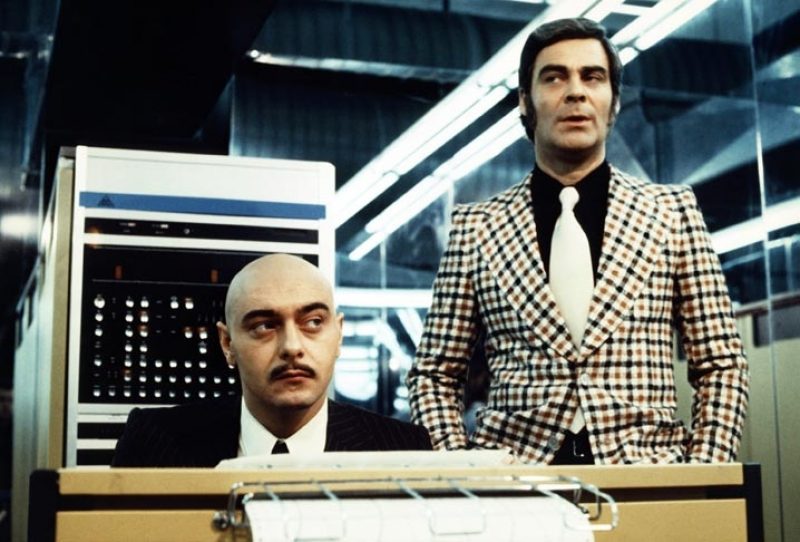
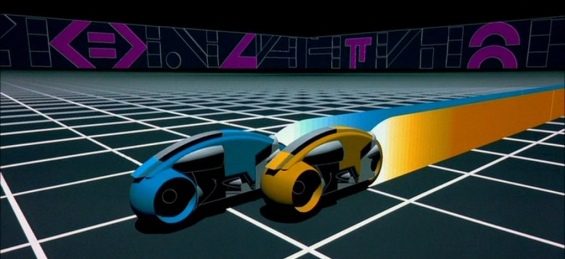

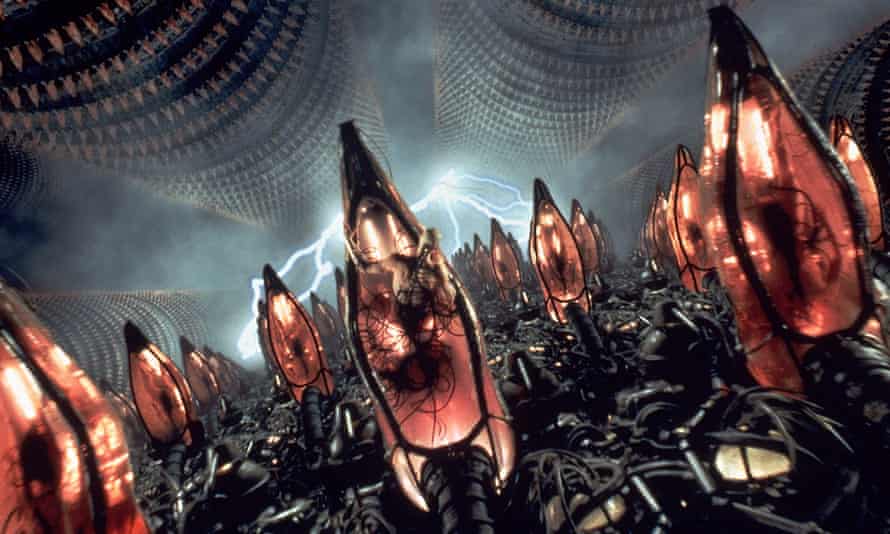
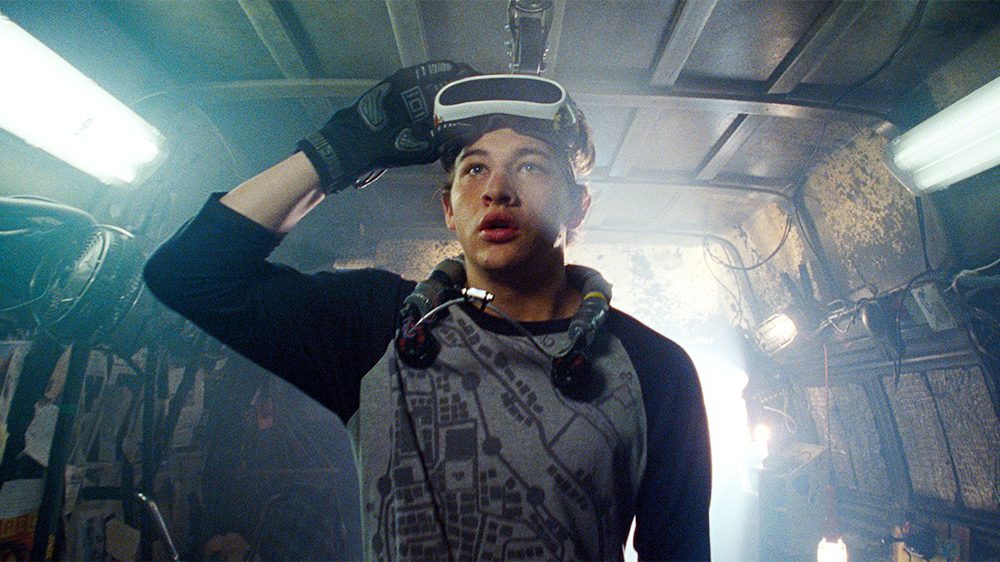
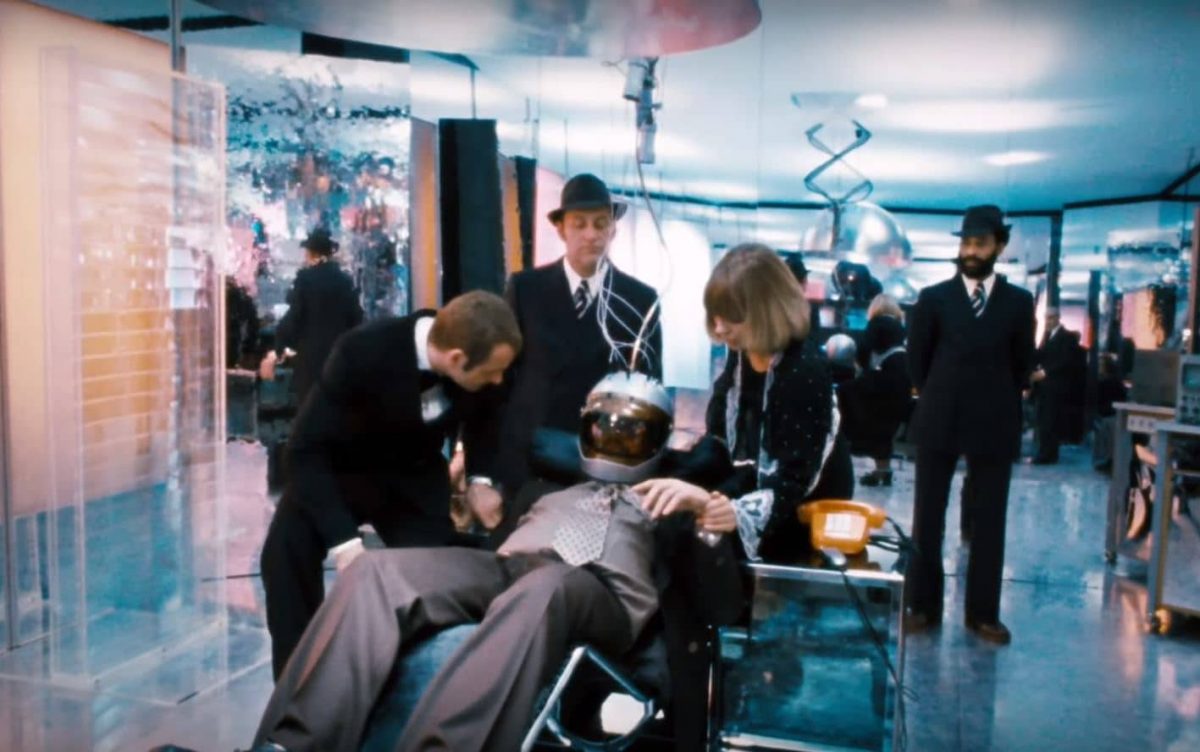














0 Response to "The Evolution of Virtual Reality in Film - Cinelinx"
Post a Comment